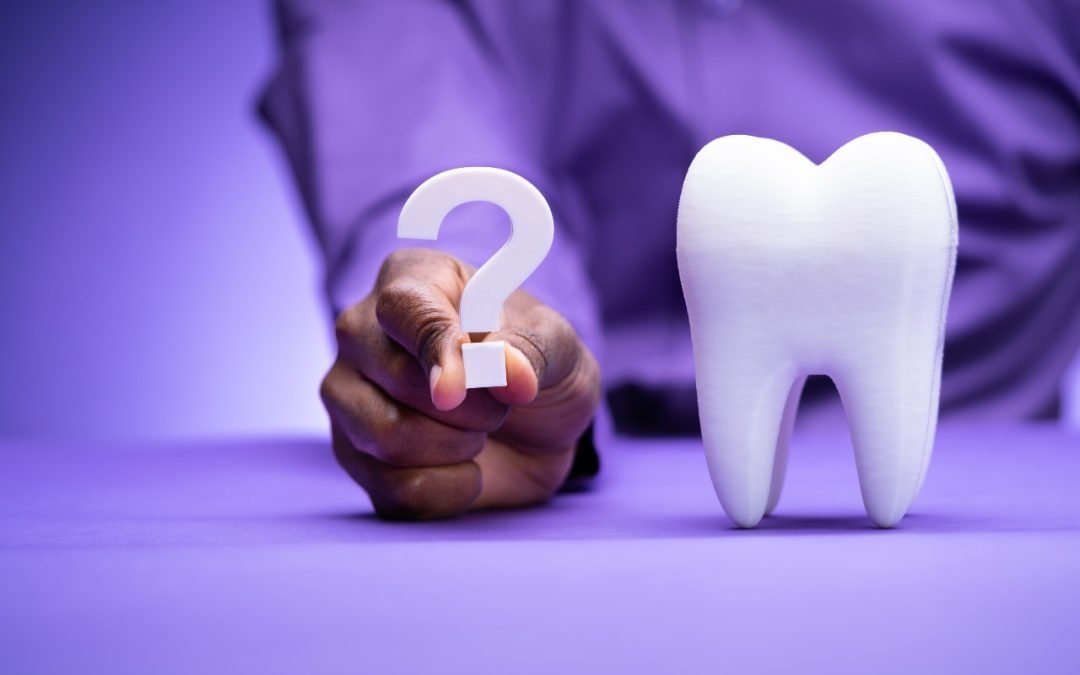Summer lovin’ fun days are still in full swing, and we know you’ve been enjoying time poolside, neighborhood and friend barbecues, and hopefully have already had a summer vacation trip or have one in the works. Our pediatric dentists and staff enjoy the summer fun, especially appreciating the air conditioning in our offices, all while hearing stories from our pediatric patients about family trips and summer activities.
We want to see your kids’ smiles. Is it time for a pediatric dental office visit? Do you know what types of services we offer? Do you know why you should visit a pediatric dentist instead of a general dentist? Here’s a rundown of everything you should know about pediatric dentistry.
Pediatric Dentistry FACTS
- Did you know pediatric dentists have more training than general dentists? Pediatric dentists complete an additional two to the three-year unique program following dentistry school. This additional training is specific to pediatric care, which means different sized tools and techniques for procedures. Additionally, their learning and training are focused on children’s psychological and physical development from infancy through their teenage years.
- Dental hygiene habits start in infancy. Even before their first tooth, you should gently cleanse their gums with a soft, wet washcloth (be sure it’s clean!) after breastfeeding or bottle feeding. Once that first tooth has popped, use an infant toothbrush to build the habit of brushing it in the mornings and the evenings before bed.
- Your little one should have their first dental visit either when they turn one 3year old or when their first tooth has come in. As with starting dental hygiene habits early, dentist visits should become a routine part of their life, similar to a visit to the doctor’s office. Positive dental experiences are essential. Furthermore, we know that the earlier we start with those, the less likely it is that dental anxiety will be an issue in the future.
- Cavities in baby teeth should be restored, not ignored. Nor should the baby tooth be removed. Why? The primary teeth serve multiple essential functions for the development of your child. Firstly, the cavities can be extremely painful. Secondly, as your toddler is learning to switch from a liquid diet to foods, chewing is essential! Thirdly, the primary teeth help your child’s speech development; the tongue touching the teeth is necessary for most of the sounds we use in our speech. Lastly, the primary teeth also serve as placeholders in our jaws for the permanent teeth. The surrounding teeth may move around if a primary tooth is extracted before its natural timing.
- Dental sealants are a necessary preventative procedure in pediatric dentistry. They are painless and serve to help protect the teeth from cavities. Kids can have trouble reaching the deep grooves and valleys in the molars; after all, motor skills are learned over time, and even adults have trouble with those spots in their teeth. The dental sealants are typically a transparent color or colored to match the tooth. The procedure is quick and painless. We thoroughly clean and dry the tooth before applying a gel to rough the surface up slightly for better adhesion. Following that, the sealant is applied. Once the sealant has dried (typically, we use a blue light), the procedure is finished. Usually, your child can eat at their next snack or mealtime without a problem. Dental sealants have been proven to reduce the risk for decay in molars by up to 80%. For more information about sealants, click here.
- Utah Pediatric Dentists can help you with breastfeeding. Each of our locations has the CO2 LightScalpel laser, and our pediatric dentists have been specially trained in its proper use. This cutting-edge technology allows us to help breastfeeding mothers whose babies have a lip tie or tongue tie. We have had mothers travel to see us from hundreds of miles away because the CO2 laser is proven to be a better, more effective, and less painful process than other tools or technologies. Read here for more information about how our CO2 laser may help you and your baby.
- We recommend mouth guards for all sports, not only contact sports. A broken, chipped tooth that has been knocked loose can be painful and alarming for your kid. More than 80 million kids nationwide participate in sports, and studies have shown that athletes using mouth guards are 82-93% less likely to have a dentofacial injury. Protect those smiles, and avoid painful mouth injuries by talking with your pediatric dentist about a mouth guard. For more information about mouth guards, click here.
- Most kids get cavities. Don’t feel guilty, parents, even when you’re a champion for moderation in sweets. Moreover, you try to limit sodas and sugary drinks, but the truth is that most kids get cavities. In fact, according to the CDC, over 52% of kids between the ages of six and eight have had a cavity in a primary tooth. What does this mean for you? The meaning for you is two-fold: number one, don’t beat yourself up about it, and number two, talk to your pediatric dentist about preventative care, your dental hygiene routines in the house, and schedule biannual teeth cleanings.
Schedule Your Biannual Checkup for Your Kids with Utah Pediatric Dentists
We care about our community and our patients and their families. Come and see us; we want to hear about your summer. Show us those smiles, and tell us summer stories while we clean your kids’ pearly whites. We have three convenient locations in the Salt Lake City area (Bountiful, Taylorsville, and Stansbury Park), all fully staffed and equipped so your kids can receive the best care.


Recent Comments